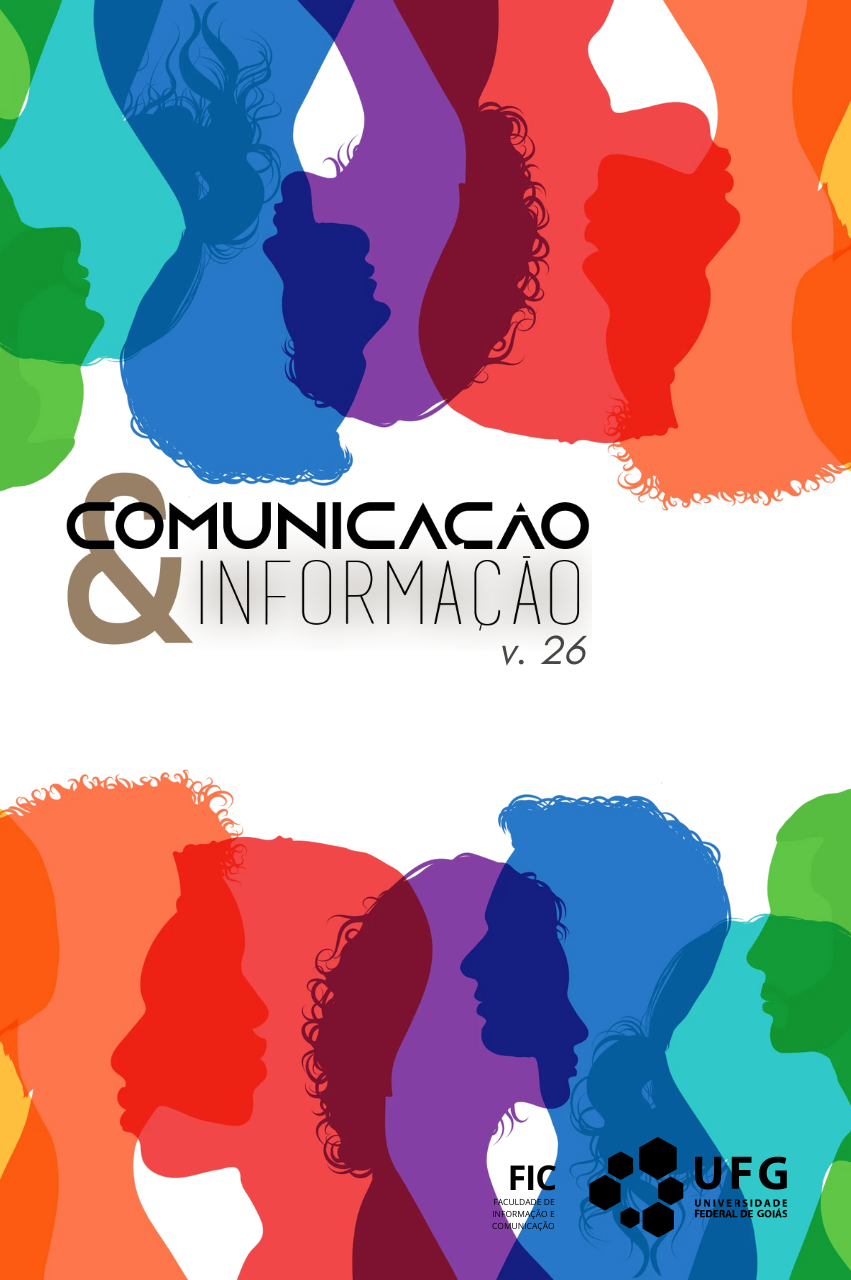Publicidade, criatividade & cognição x inteligências artificiais
uma reflexão à luz das múltiplas inteligências
DOI:
https://doi.org/10.5216/ci.v26.76284Keywords:
Tecnologia, Publicidade, Inteligência, Criatividade, CogniçãoAbstract
This is a study of Social Communication in the theme of advertising creation in the face of the popularization of Generative Artificial Intelligences (AI) such as Chat GPT and Dall-E, capable of generating products according to user requests, which dualize the creative scenario in possibilities and challenges. The objective is to build a reflection on the importance of human creative role in Advertising and Propaganda in the face of these technologies. It is a qualitative study with a descriptive-exploratory approach that is developed in light of Howard Gardner's theory of Multiple Intelligences (1993) to provide a foundation for understanding what intelligence is, as well as discussing the nature of AI technologies, Advertising and Propaganda, creativity, and cognition - thus establishing respective relationships between these fields. As results, we take a positivist perspective towards technology, but under the reflection that the use of AI in the creative field of Advertising and Propaganda should be conceived like the use of any other technology in our lives: with criticality, responsibility, reflection, and ethical respect. It reflects how Artificial Intelligence should be seen as an optimizing agent of time and resources, and never as something detrimental to replace human roles and cognitive processes.
Downloads
References
ABSTRATO VENTURES. Chat GPT: benefícios e perspectivas do futuro. Abstrato Ventures, 2023. Disponível em: https://abstrato.ventures/chat-gpt-beneficios-e-perspectivas-do-futuro/. Acesso em: 15 maio 2023.
BELCH, G. E.; BELCH, M. A. Propaganda e promoção: uma perspectiva da comunicação integrada de marketing. 9. ed. Porto Alegre: AMGH, 2012.
ENGELMAN, R. M.; GONÇALVES, M. A. Emoções, criatividade e inovação: reflexões sobre esta relação. Revista Gestão e Desenvolvimento, v. 13, n. 2, p. 37-49, 2016.
FRAGA, R. Por que a Inteligência Artificial não sabe desenhar mãos?. Mundo Curioso, 2023. Disponível em https://muitocurioso.org/por-que-a-inteligencia-artificial-nao-sabe-desenhar-maos/.
FURTADO, J. de A. Novo cenário, novas configurações: um olhar sobre a publicidade na era da informação. Comunicação & Informação, Goiânia, Goiás, v. 14, n. 1, p. 127–140, 2012. DOI: 10.5216/c&i.v14i1.21511. Disponível em: https://revistas.ufg.br/ci/article/view/21511. Acesso em: 29 maio. 2023.
GABRIEL, M. Você, eu e os robôs: pequeno manual do mundo digital. São Paulo: Atlas, 2018.
GARDNER, H. Estruturas da mente: a teoria das inteligências múltiplas. 2. ed. Porto Alegre: Artmed, 1994.
GOLEMAN, D. Emotional intelligences: why it can matter more than IQ. Bantam Books, 1996.
GOMES, D. dos S. Inteligência Artificial: conceitos e aplicações. Olhar Científico. v1, n. 2, p. 234-246, 2010.
KOTLER, P. Administração de marketing: análise, planejamento, implementação e controle. São Paulo: Prentice Hall, 2000.
LANDIM, W. Chat GPT: o que é, como funciona e como usar. Inteligência artificial. Mundo Conectado. Notícias, 2023. Disponível em https://mundoconectado.com.br/artigos/v/31327/chat-gpt-o-que-e-como-funciona-como-usar. Acesso em 02 de fev. 2023.
LASSWELL, H. The Theory of Political Propaganda The American Political Science Review, Vol. 21, No. 3. (Aug., 1927), pp. 627-631.
OLIVEIRA, R. da L.; VICENTE, K. B. Estudo sobre o uso de tecnologias digitais no processo de educação utilizando inteligência artificial (IA): benefícios e desafios. Humanidades & Inovação, v. 8, n. 50, p. 202-212, 2021.
PETERMANN, J. Criação Publicitária. 1 ed. Santa Maria, RS: UFSM, Ed. UFSM, 2023.
RUSSEL, S. Inteligência Artificial a nosso favor: como manter o controle sobre a tecnologia. São Paulo: Companhia das Letras, 2011.
SANTAELLA, L. A Inteligência Artificial é Inteligente? São Paulo: Edições 70, 2023.
SCHMIDT, L. Dall-E: ferramenta da IA que gera imagens é o sucesso do momento. Mundo Conectado. Notícias, 2022. Disponível em https://mundoconectado.com.br/noticias/v/26075/dall-e-ferramenta-de-ia-que-gera-imagens-e-o-sucesso-do-momento. Acesso em 02 de fev. 2023
STEMBERG, R. J. In defense of Gardner’s theory of multiple intelligences. Educational researcher, 1997.
VIEIRA, S. Raciocínio criativo na publicidade. Ed digital. Loyola, 2003.
Downloads
Published
How to Cite
Issue
Section
License
Os autores dos trabalhos publicados na revista Comunicação e Informação retêm os direitos autorais sem restrições e concedem à revista o direito de primeira publicação, com o trabalho simultâneo licenciado sob a Licença Creative Commons Atribuição-NãoComercial que permite o compartilhamento do trabalho para fins não comerciais com reconhecimento da autoria e o privilégio de publicação primeiramente por esta revista. Caso o texto venha a ser publicado posteriormente em outro veículo, solicita-se aos autores informar que o mesmo foi originalmente publicado como artigo na revista Perspectiva, bem como citar as referências bibliográficas completas dessa publicação.
Os direitos autorais dos artigos pertencem aos autores e o conteúdo dos artigos assinados é de responsabilidade exclusiva dos autores.
A revista se reserva o direito de efetuar, nos originais, alterações de ordem normativa, ortográfica e gramatical, com o intuito de manter o padrão culto da língua, respeitando, porém, o estilo dos autores.
A revista também se reserva o direito de traduzir o artigo, no todo ou em parte, para o inglês ou para o português, dependendo do idioma em que o artigo tenha sido escrito originalmente.



